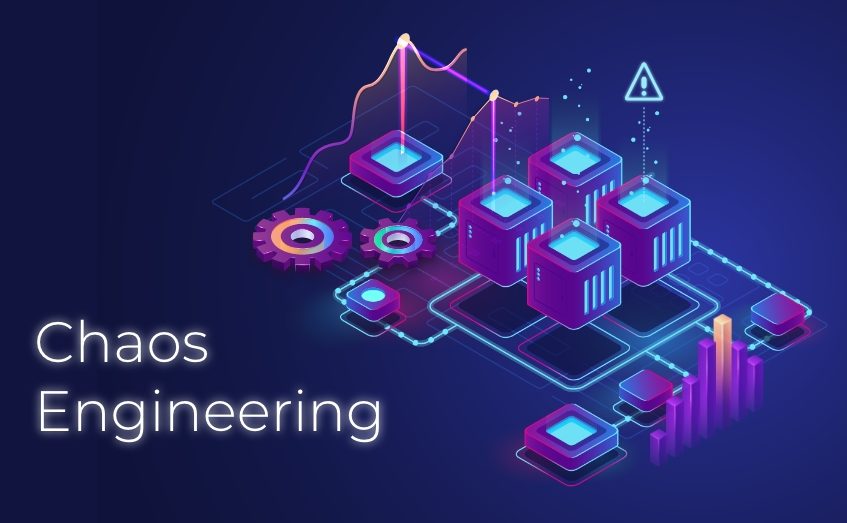
Chaos Performance” typically refers to a practice known as “Chaos Engineering” applied to performance testing and optimization. Chaos Engineering is an approach where organizations intentionally introduce controlled chaos into their systems to identify weaknesses, vulnerabilities, and performance bottlenecks. The goal is to proactively discover and address potential issues before they can cause system failures or degrade performance under real-world conditions.
CHAOS PERFORMANCE
The ultimate goal of “Chaos Performance” is to make systems more robust, reliable, and performant under real-world conditions. It is particularly valuable for applications and systems that are expected to handle unpredictable or extreme loads, such as web applications during a sudden traffic surge or cloud infrastructure dealing with unexpected network disruptions.
The goal is to proactively discover and address potential issues before they can cause system failures or degrade performance under real-world conditions.
In the context of “Chaos Performance,” the key principles and practices include:
Hypothesis Testing: Chaos performance testing begins with forming hypotheses about how an application or system might behave under stressful conditions. For example, you might hypothesize that a sudden surge in user traffic will cause performance degradation.
Introducing Chaos: Controlled chaos is introduced into the system by simulating various stress scenarios. This can involve injecting simulated traffic, increasing the load, disrupting network connections, or causing other forms of system disruption.
Observation and Measurement: Chaos performance tests involve meticulous observation and measurement of the system’s behavior during the chaos. Performance metrics, logs, and monitoring tools are used to gather data.
Analysis: The collected data is analyzed to determine how the system responds to the introduced chaos. This analysis helps identify weaknesses, bottlenecks, and areas where performance can be improved.
Iterative Testing: Chaos performance testing is often an iterative process. After identifying issues, improvements are made to the system, and testing is repeated to validate that the changes have had a positive impact on performance.
Resilience Testing: Chaos performance testing also assesses the system’s resilience. It helps determine how well the system can recover from failures or disruptions and continue to perform adequately.
Automation: To ensure repeatability and scalability, many organizations automate chaos performance testing. Automation tools and scripts are used to introduce chaos and collect data systematically.
At CalibreQA, By intentionally creating chaos and observing how the system responds, organizations can proactively identify and address performance issues, ensuring that their software remains resilient and performs well even in challenging circumstance providing customized solutions that meet their specific needs. Contact us today to learn more about how our cloud development services can help your business succeed.


